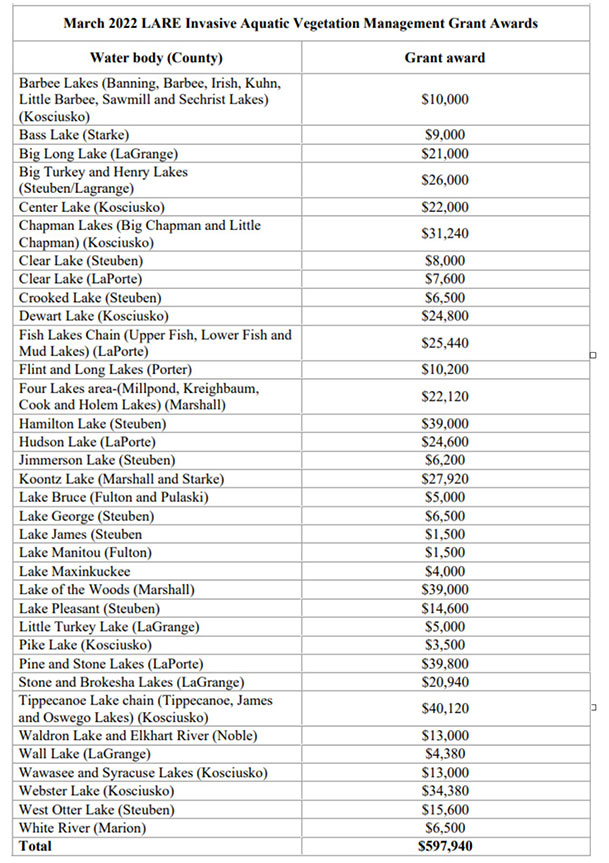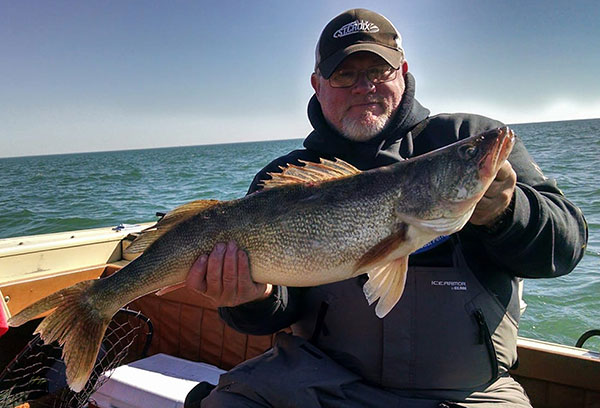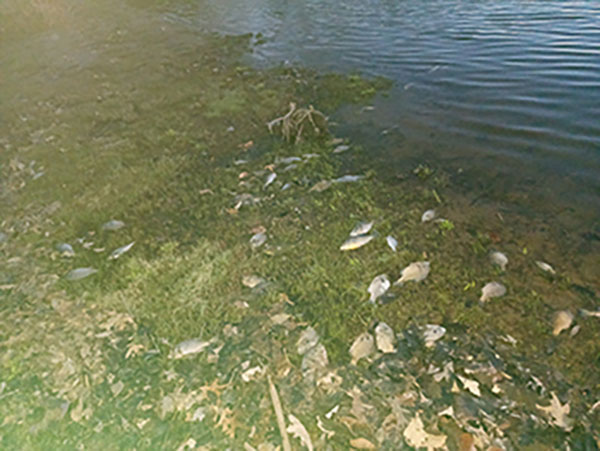- Details
Groups or individuals who host public fishing tournaments can get them posted on our Lake Drive Marine Events Calendar.
It’s a free service of Michiana Outdoors News.
Our Events Calendar has become the No. 1 spot anglers visit when looking for open events on Michiana lakes. Get yours posted with us as soon as possible so anglers can plan ahead. It also helps groups avoid multiple tournament conflicts on a given lake.
Send your tournament information to stoutoutdoors@comcast.net. We cannot work from facebook links - we need your tournament information emailed!
We are primarily interested in events held in northern Indiana and southern Michigan although we will include tournaments scheduled outside that region if the circuit is based in northern Indiana/southern Michigan or if the circuit makes visits to our regional waters. Tournaments/circuits must be open to the public.
Schedules for the Events Calendar must include dates, entry fees, tournament hours, name/phone number of a tournament director contact, and ramp location (if the lake has more than one). We also include tournament logos for those circuits that include those in their submissions.
We’d like for tournament directors to submit results to us following each event. It definitely draws more interest in your events. Results should include top three finishers correctly spelled names, hometowns, winning weights and lures and/or patterns used. Result submissions that only have names will be rejected.
And finally, submissions with digital photos often get better play on the site and attract the most attention.
- Details
 March 2023 LARE Invasive Aquatic Vegetation Management Grant Awards
March 2023 LARE Invasive Aquatic Vegetation Management Grant Awards- Details
St. Croix Report
 Chuck Mason with Walleye
Chuck Mason with Walleye
Walleyes disperse after their spring spawning runs but still remain somewhat concentrated in fairly predictable locations. That’s good news for walleye anglers who know where to look. Once found, hungry post-spawn walleyes are unlikely to turn down a meal, further sweetening the deal for late-spring and early-summer anglers.
Chuck Mason of Ida, Michigan chases walleyes all year long. An ice and open-water tournament angler for nearly 20 years, Mason can be found on his home waters of the Detroit River, Lake St. Clair, and Western Lake Erie when not traveling on the Michigan Walleye Tour.
“You can catch walleyes in the Detroit River year ‘round,” Mason says. “Even though spawning is wrapped up, certainly May and even into early June you can still get on concentrations of fish in the river, but I like to follow the fish back down to Lake Erie during this period. There are a few areas where dredging spoils create a lot of humps and variability in depth that really seem to concentrate our post-spawn walleyes. One is an area known as ‘the humps’ off the river near Monroe, Michigan, and another known as ‘the dumping grounds’ out of Luna Pier.”
Mason typically employs four primary presentations for post-spawn walleyes, namely, casting hair jigs, pitching lipless crankbaits and Jigging Raps, vertical jigging, and trolling. “Depending on timing and water temperatures, you may want to be in one place over the other. “We start out snap-jigging hair jigs and ripping lipless baits on the Detroit river, then shift more to using blade baits further down out of the mouth on Lake Erie,” says Mason.
- Details
MDNR Report
 Winter fish kill
Winter fish kill
After ice and snow cover melt on Michigan lakes, it may be more likely for people to discover dead fish or other aquatic animals. While such sights can be startling, the Michigan Department of Natural Resources reminds everyone that it is normal, since winter conditions can cause fish and other creatures such as turtles, frogs, toads and crayfish to die.
"Winterkill is the most common type of fish kill," said Gary Whelan, DNR Fisheries Division research manager. "As the season changes, it can be particularly common in shallow lakes, ponds, streams and canals. These kills are localized and typically do not affect the overall health of the fish populations or fishing quality."
Shallow lakes with excess aquatic vegetation and soft bottoms are more prone to this problem, particularly when a deep snowpack reduces sunlight for the plants. Canals in urban areas also are quite susceptible due to the large amounts of nutrient runoff and pollution from roads and lawns and septic systems that flow into these areas, especially from large storm events.
